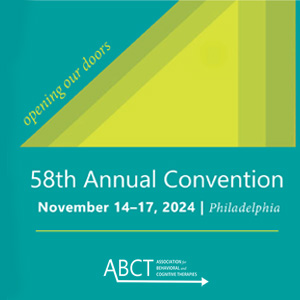Suicide and Self-Injury
(PS13-46) The Interaction Between Agitation and Impulsivity in Predicting Suicide Attempts
- JT
Justin H. Tran, B.S.
Graduate Student
Texas State University
Austin, Texas, United States - MR
Megan L. Rogers, Ph.D. (she/her/hers)
Assistant Professor
Texas State University
San Marcos, Texas, United States
Author(s)
Co-Author(s)
Background: Negative urgency, the tendency for impulsive decisions in response to negative emotions, has been indicated as a suicide risk factor (Klonsky & May, 2010; Whiteside & Lynam, 2001). Another suicide risk factor is agitation, characterized by a state of physical and psychological arousal (Fisher et al., 2017; Ribeiro et al., 2014). The elevated arousal associated with agitation may incur more impulsive responses, as decision making becomes rash, especially since agitation and impulsive responses may stem from similar stressors. This present study aimed to examine 1) whether negative urgency interacted with agitation in predicting suicide attempts and 2) whether the relationship between negative urgency and suicide attempts was stronger at high levels of agitation than at low levels of agitation.
Methods: A sample of 489 students (Mage = 21.31, 74.4% cisgender women, 48.3% heterosexual, 63.2% Caucasian) with current suicidal ideation and/or a history of suicide attempts completed an online survey including measures that assessed agitation and impulsivity.
Results: In a logistic regression model, there was a significant interaction between negative urgency and agitation (B = -.01, SE = .01, p = .018, OR = .99) in predicting the presence of a lifetime suicide attempt. Specifically, the relation between negative urgency and lifetime suicide attempts was stronger among individuals with higher levels of agitation (B = -.13, SE = .042, p = .002, 95% CI [-.21, -.05], OR = .88) compared to those with lower levels of agitation (β = -.00, SE = .04, p = .957, 95% CI [ -.08, .07], OR = 1.00).
Conclusions: When tested as a moderator, agitation significantly impacted the relationship between negative urgency and suicide attempts; however, contrary to our expectations, higher levels of agitation decreased the likelihood of suicide attempts as impulsivity increased. The findings suggest further research to understand the moderating effect agitation has on impulsivity and suicide attempts. Perhaps there is a buffering quality to agitation that may manifest in the form of externalizing negative emotions from stressors whereas without agitation, impulsive responses are directed towards the self. Interventions addressing healthy outlets for agitation may magnify the negative relationship between negative urgency and suicide attempts.

.png)
